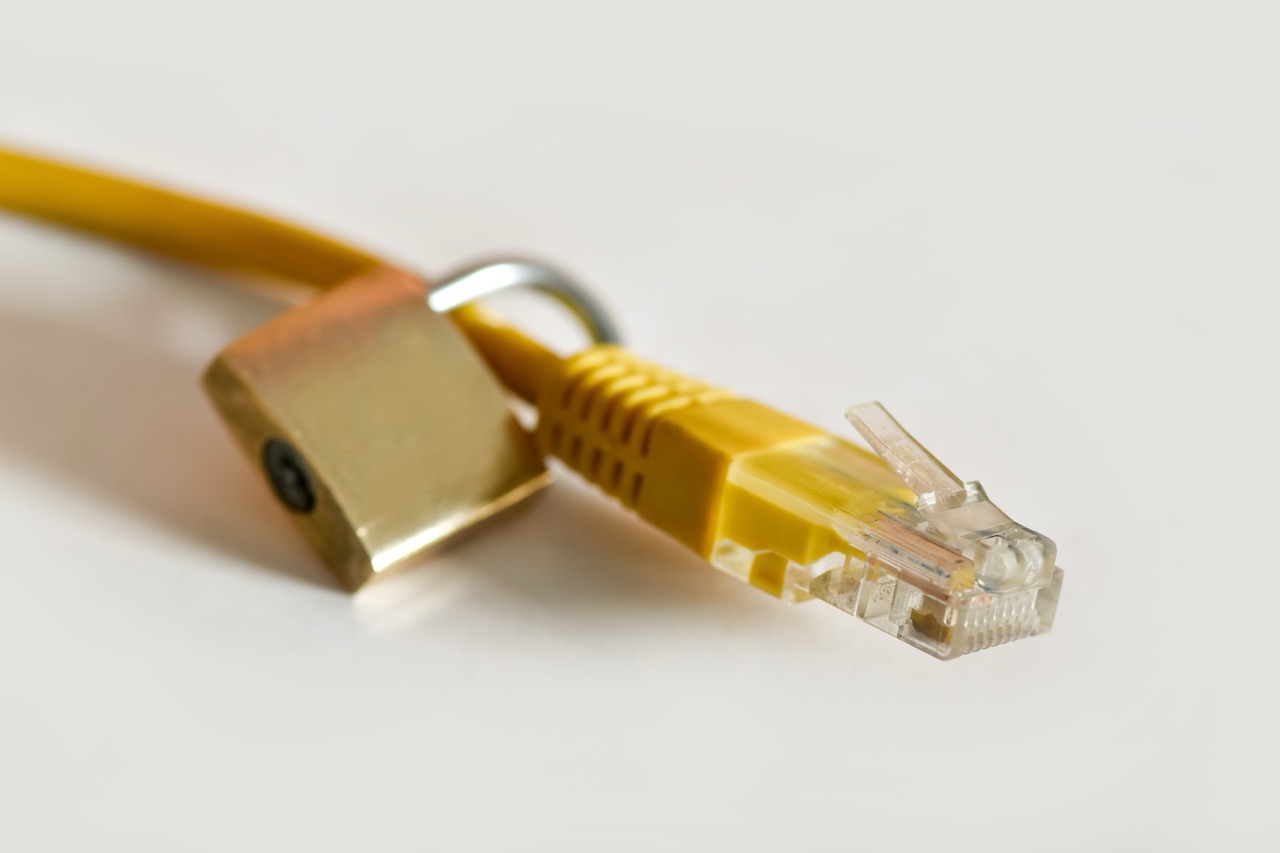In an increasingly digital world, the need for privacy and security online is more pressing than ever. Virtual Private Networks (VPNs) serve as essential tools for safeguarding personal information while browsing the internet. However, not all VPNs are created equal, particularly when it comes to their underlying protocols. Each protocol comes with its own advantages and disadvantages, catering to various needs and use cases. This article will explore the best VPN protocols available today, helping you make informed decisions based on your specific requirements.
Understanding VPN Protocols: A Technical Overview
VPN protocols are the underlying technologies that dictate how data is transmitted over a VPN. They establish a secure tunnel between your device and the internet, encrypting the data to protect it from potential snoopers and cyber threats. The security level, speed, and compatibility of various VPN services largely depend on the chosen protocol. Understanding these protocols is the first step in optimizing your online privacy and security.
Several key factors differentiate VPN protocols, including encryption strength, connection speed, and the ability to bypass firewalls. Additionally, user-friendliness and support for various devices and operating systems can be crucial in selecting the right VPN protocol. As technology evolves, so do the protocols, with newer options often providing improved performance and security features compared to their predecessors.
In essence, VPN protocols can be categorized into legacy protocols, which have been around for years, and modern protocols that leverage recent advancements in cryptography and networking. This article will cover several of the most widely used protocols and offer insights into which scenarios they are best suited for, ensuring you can make an educated choice when securing your online presence.
PPTP vs. L2TP: Legacy Protocols for Basic Use Cases
Point-to-Point Tunneling Protocol (PPTP) and Layer 2 Tunneling Protocol (L2TP) are two of the oldest VPN protocols still in use today. PPTP, developed by Microsoft in the mid-1990s, is known for its speed and ease of setup. It’s compatible with most operating systems, making it a popular choice for users looking for a basic VPN solution. However, its security has been called into question, as vulnerabilities have been discovered that can be exploited by skilled attackers.
On the other hand, L2TP is often paired with IPsec for added security. While L2TP itself does not provide encryption, the combination with IPsec creates a robust tunneling protocol that ensures data confidentiality and integrity. L2TP/IPsec is generally more secure than PPTP but tends to be slower due to the additional overhead. For users who require basic security without needing advanced features, both PPTP and L2TP can suffice, though they may not be suitable for protecting sensitive information.
It is important to note that while these legacy protocols may be easy to implement, they are largely considered outdated compared to modern encryption standards. Therefore, users seeking to secure sensitive data or engage in high-risk activities online should consider more advanced protocols that offer stronger encryption and greater resilience against contemporary threats.
OpenVPN: A Versatile Choice for Security and Speed
OpenVPN is widely regarded as one of the most flexible and secure VPN protocols available. Developed in 2001, it has grown in popularity due to its open-source nature, which allows for constant scrutiny and improvements by the community. OpenVPN supports a variety of encryption standards, including AES-256, which is considered highly secure. This flexibility enables users to customize their configurations based on their specific needs, whether it be for maximum security or optimal speed.
One of the standout features of OpenVPN is its ability to traverse network address translation (NAT) and firewalls, making it effective in restrictive environments. It utilizes both UDP and TCP protocols, allowing users to choose between speed (UDP) and reliability (TCP). For users who require a balance between performance and security, OpenVPN is often the go-to choice, as it can be fine-tuned to meet different requirements.
Despite its many benefits, OpenVPN does come with some drawbacks. The setup process can be more complex compared to simpler protocols like PPTP, making it less ideal for novice users. However, many VPN providers offer user-friendly applications that abstract the complexities of OpenVPN, thereby making it accessible to a broader audience. Overall, OpenVPN stands out as a versatile protocol capable of meeting a wide range of user needs.
IKEv2/IPSec: Optimal for Mobile and Reconnection Needs
The Internet Key Exchange version 2 (IKEv2), often paired with IPSec for encryption, has gained acclaim for its robust performance and security, particularly in mobile environments. Developed by Cisco and Microsoft, IKEv2 is known for its ability to maintain stable connections even in the face of changing networks, such as transitioning from Wi-Fi to mobile data. This makes it an optimal choice for users who require seamless connectivity on the go, such as frequent travelers or remote workers.
In addition to its reconnection capabilities, IKEv2/IPSec offers strong encryption using AES, along with fast establishment times for connections. The protocol supports mobility and multi-homing, allowing devices to switch between different networks without dropping the VPN connection. This is particularly valuable in today’s mobile-centric world, where users expect uninterrupted service across various devices and network conditions.
However, IKEv2/IPSec is not without its limitations. While it is supported on many platforms, it may not be as universally compatible as OpenVPN or as easy to set up. Additionally, certain firewall configurations may block IKEv2 traffic, potentially hindering accessibility in restrictive environments. Overall, IKEv2/IPSec is a strong contender for users seeking reliability and performance, especially in mobile scenarios.
WireGuard: The Future of VPN Protocols for Performance
WireGuard has emerged as a groundbreaking VPN protocol, designed with simplicity, speed, and security in mind. Developed by Jason Donenfeld in 2016, WireGuard’s minimalist codebase makes it significantly easier to audit than many of its predecessors. This simplicity not only enhances security but also contributes to faster connection speeds, as the protocol requires less processing power and time to establish a secure tunnel.
One of the most compelling features of WireGuard is its use of state-of-the-art cryptographic protocols, including the Noise Protocol Framework. WireGuard is designed to be both secure and efficient, ensuring that users experience minimal latency while benefiting from strong encryption. As a result, it is particularly attractive to users who require high-performance connections, such as gamers, streamers, and those engaging in bandwidth-intensive activities.
While WireGuard offers impressive performance, it is relatively new compared to established protocols like OpenVPN or IKEv2. As a result, it may not yet be supported by all VPN providers or devices. Moreover, WireGuard’s reliance on static IP addresses can raise privacy concerns if not properly managed. Nevertheless, its potential for speed and security positions WireGuard as a leading candidate for the future of VPN protocols, appealing to those who prioritize both performance and privacy.
Choosing the Right Protocol Based on Your Requirements
Selecting the appropriate VPN protocol hinges on your specific needs and use cases. For basic browsing and minimal security requirements, legacy protocols like PPTP and L2TP may suffice, though they come with notable risks. If your primary concerns are security and flexibility, OpenVPN remains a solid choice, offering a balance between performance and ease of use. It is particularly well-suited for users who operate in varied network conditions or require robust security features.
For mobile users and those frequently switching networks, IKEv2/IPSec stands out as the optimal choice due to its superior reconnection capabilities and stability. This protocol is ideal for individuals who require a seamless experience while on the move, ensuring that their VPN connection remains intact regardless of network changes.
Lastly, WireGuard presents an exciting opportunity for users seeking high-speed and secure connections. Its efficient design and advanced cryptographic features make it ideal for users engaged in activities that demand low latency. However, ensure that the provider you choose supports WireGuard and offers adequate configuration options. Ultimately, the right choice depends on your unique needs, whether they be speed, security, mobility, or a combination of these factors.
In conclusion, understanding the landscape of VPN protocols is essential for anyone seeking to enhance their online privacy and security. Each protocol has its strengths and weaknesses, tailored to specific use cases ranging from basic browsing to high-performance gaming. By evaluating your personal requirements and weighing the benefits of each protocol, you can make an informed decision that aligns with your online activities. As technology continues to evolve, staying informed about these protocols will empower you to navigate the digital world securely and efficiently.










